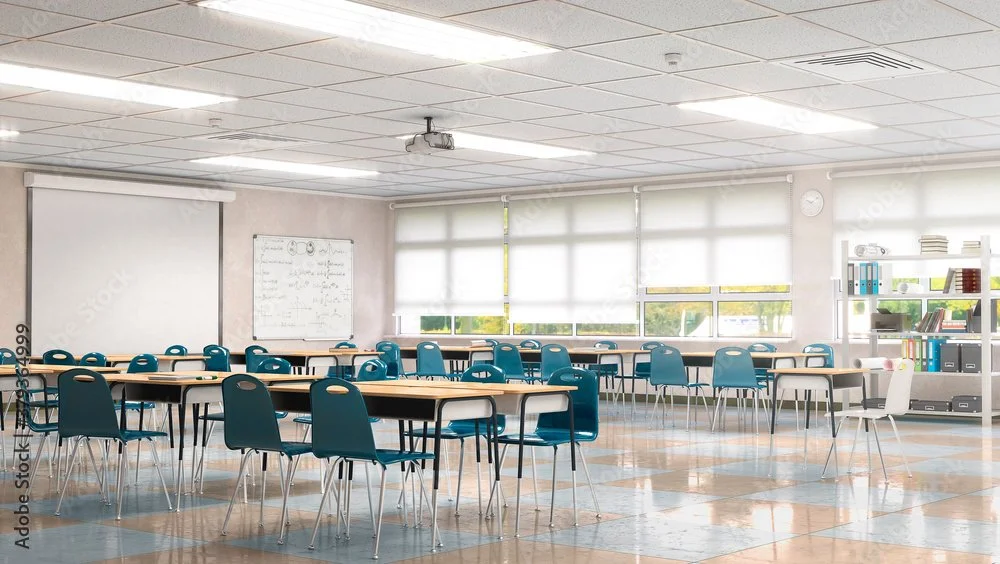October in Delaware School Boards: Transparency, Learning, and Community Voice
As the school year moved further into fall, Delaware’s 16 district boards met throughout October to review finances, set instructional priorities, and continue strengthening communication with families. The month’s meetings reflected steady, thoughtful governance by balancing accountability, student outcomes, and public engagement.
Finance and Transparency
All districts reviewed and approved their monthly financial reports, with several continuing to highlight the importance of financial accountability. Appoquinimink and Red Clay approved updates to multi-year capital planning, while Colonial and Christina reaffirmed their use of citizen oversight committees and detailed public budget documentation.
Across the state, finance discussions have become more forward-looking, focused on maintaining strong internal controls and ensuring that spending decisions remain tied to student success. For example, in Appoquinimink, the superintendent directly reviewed the State Auditor’s Special Inquiry Report and described new controls, such as appointment of a new financial director, engagement of outside financial experts, and expansion of the Finance Advisory Committee. The emphasis on transparency, seen in both budget reviews and public reporting, continues to define how Delaware boards approach fiscal responsibility.
Student Achievement and Instruction
Academic improvement and instructional planning were featured prominently in many meetings. Colonial shared early literacy results and recognized more than 40 teachers for completing Language Essentials for Teachers of Reading (LETRS) professional development, part of the district’s WE Read initiative. Caesar Rodney and Cape Henlopen reviewed state assessment data in English Language Arts and mathematics, discussing strategies to boost proficiency and close achievement gaps.
Christina adopted superintendent goals tied to student performance, attendance, and climate, while Lake Forest presented its Vision 2030 update, reaffirming measurable targets in literacy and math. Even in districts without formal data presentations, such as Capital and Brandywine, discussions centered on instructional frameworks, program evaluation, and how to connect teaching quality to student outcomes. The difference between discussion and implementation was clear. Brandywine formally approved measurable superintendent goals aligned with proficiency growth.
Taken together, October showed a clear statewide trend: school boards are sustaining focus on literacy and data-driven instruction while also investing in the professional growth of teachers who make that improvement possible.
However, there is room for collective learning. Districts like Colonial and Caesar Rodney are modeling strong professional development alignment, while others have yet to define how teacher growth will be measured. Sharing these practices across the state could help boards turn instructional goals into sustainable systems.
Safety and School Climate
In September, several districts raised questions about school safety. This month, they followed up on those questions identifying specific procedures to address community concerns. Capital reviewed communication protocols and emergency response processes following earlier concerns about how families are notified during incidents. Christina held similar discussions as part of its ongoing climate and transparency work, while Cape Henlopen reported on districtwide safety drills and reviewed its emergency preparedness calendar.
Laurel introduced a new Weapon Detection Screening Program policy, signaling growing attention to proactive prevention tools. Parents and staff who spoke during public comment often echoed these themes and urged boards to maintain both physical safety and open communication. Across Delaware, safety discussions have broadened to include trust, transparency, and the shared responsibility of keeping schools secure.
Additionally, several districts did not address safety topics this month, suggesting a gap where shared best practices could be valuable. Collaborative learning among districts would reinforce the state’s collective commitment to student safety in every school community.
Policy and Governance
October was an active month for policy updates as boards continued their fall review cycles. Many advanced revisions related to public participation, family leave, and technology use. Woodbridge and Delmar completed second readings of the Paid Leave for Birth or Adoption policy, aligning with similar updates in Indian River.
Appoquinimink, Brandywine, and Capital updated meeting and facility-use procedures to make board operations more accessible. Cape Henlopen and Christina continued refining policies around responsible technology and professional development. These incremental updates demonstrate that districts are ensuring transparency as they work through policy updates.
Community Engagement
Public comment and community participation remained active. At Cape Henlopen, students and staff again spoke passionately about the district’s Fashion Pathway program, while parents in Caesar Rodney advocated for stronger nursing support and transparency in communication. Appoquinimink and Colonial fielded questions about referendum planning and financial accountability, while Red Clay and Brandywine took time to highlight student recognitions and community partnerships.
Across these districts, the pattern is clear. Delaware communities are shaping district priorities through sustained, informed participation. Balancing accountability and celebration has become a sign of effective school board leadership.
Building Momentum
October’s meetings reflected the steady work of school boards that are balancing daily governance with long-term vision. Financial oversight, academic progress, and public trust continue to define the statewide agenda. As Delaware school boards move into winter, they are expected to deepen discussions around student outcomes, community communication, and the policies that sustain strong, transparent public schools.


